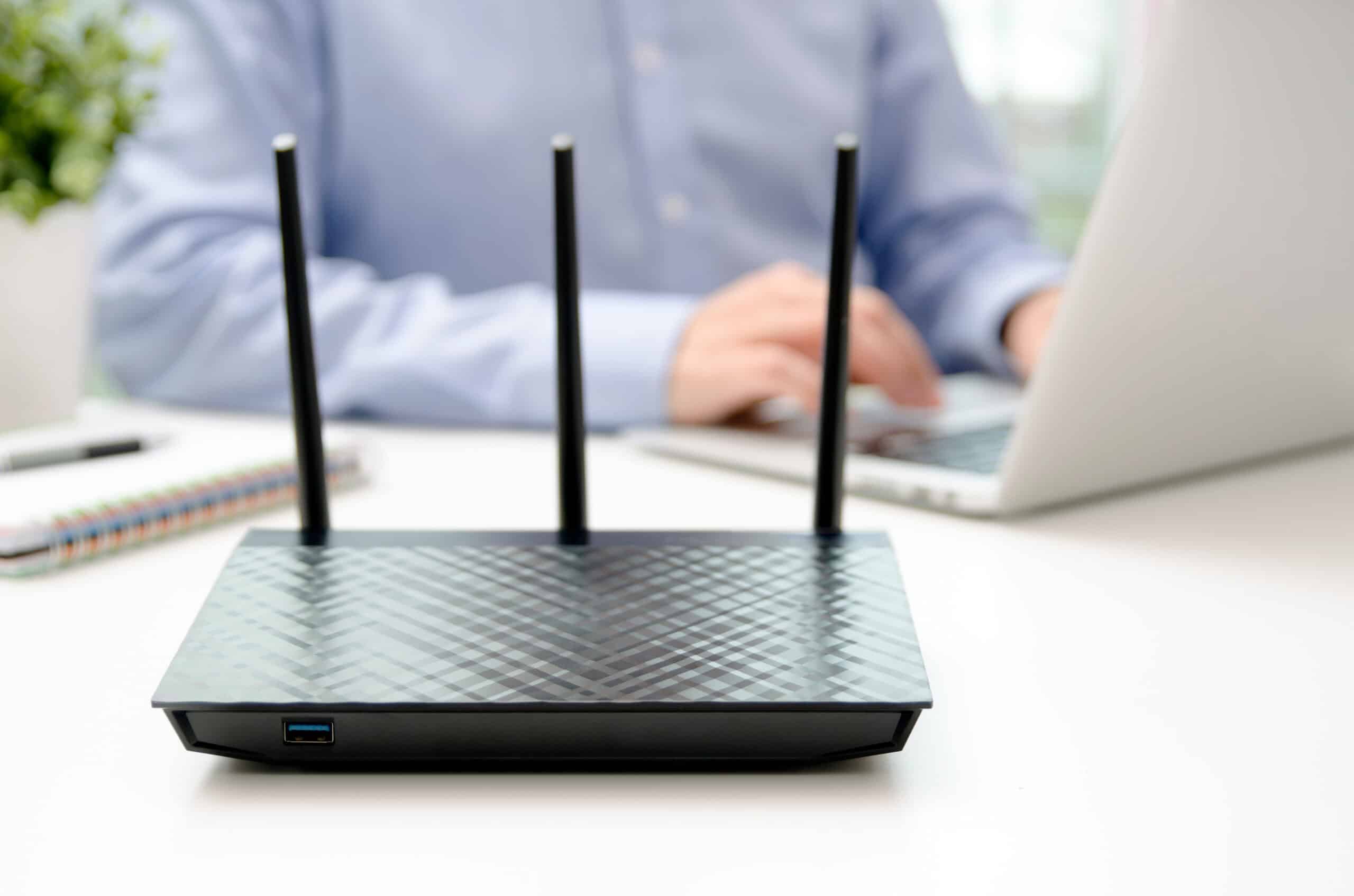
The Race to Broadband Infrastructure: America’s Next Challenge

It is estimated that as many as 42 million Americans lack high-speed internet service or reliable broadband infrastructure. While millions more have it, because of heavy usage or poor network design, it is far from “high speed.” One major impact of the pandemic is that it has shown there is a clear need for strong and resilient infrastructure. This is true for buildings, roads, bridges, utilities, and particularly broadband networks.
While a few years ago broadband was considered important for consumers who used it mainly to stream entertainment, the shutdown of 2020 made reliable high-speed internet critical to people working from home, attending school through remote learning, and conducting telemedicine appointments with their doctors.
Government has tried to address this with funding for broadband expansion in 2020’s CARES Act, the Covid-19 Relief Act, and even with the American Rescue Plan Act, which allows local governments to utilize funds to study and implement broadband improvements. The infrastructure bill being developed for 2021 goes even farther, promising to bring broadband access to the entire nation.
What’s clear today is that broadband is another utility, just as vital as power and water.
And besides its use for homes and businesses, there is a demand for broadband to build the smart infrastructure that improves emergency services, traffic control, and other systems. The challenge for municipal executives is taking an active role in meeting their community’s communications infrastructure needs are met, all while developing the plan to actually make it happen.
- Consider developing a Master Plan to study the alternatives to improve connectivity in your community with a phased approach to fiber assets. This study and resulting Master Plan will facilitate the goals of the community, enable connectivity for community partners, and evaluate technological and financial approaches that allow your community to enable improved services for both residents and businesses. A Master Plan should include specific deliverables and tasks, defined in a cross-functional arrangement with your community’s various departments, residents, businesses, and other institutions and area governmental agencies to create your best path forward. Importantly, having a Master Plan gets your projects “shovel ready” to pursue funding as it becomes available.
- An important first task is performing an evaluation of your existing system. This task may uncover potential assets that the community already has in place that can be utilized in a community-wide connectivity program. Or, this step may highlight where the deployment of a fiber network can improve traffic networks, emergency response connectivity, or streetlight assets that can be connected to enhance resident and visitor experiences.
- Public outreach is another important component to developing your strategy and phased approach. Surveys that invite residents’ and businesses’ participation give you keen insight into current service and satisfaction levels, while marrying these aspects up to the level of importance that the public places on their connectivity. What you may find during this step is that the public is willing to support potential municipal involvement in the provision of services, and this may help you define your financial strategies as well.
- Perform a review of funding alternatives during your approach. Your engineering partner should conduct a review of federal grant programs that may be available to support your community’s deployment of fiber optic connectivity. Highway Safety Improvement Program (HSIP) grants are an example of a source to pursue, as projects that focus on traffic, signal, and corridor improvements can also support a fiber optic interconnect that can serve as a backbone to further deployment.
To truly understand whether a system can be built and operated in a way that meets your community’s goals for connectivity while providing support for overall improvement in broadband service to homes and networks, study the financial feasibility of the project. Several models could be pursued, including:
- Core Connectivity which connects city-owned assets exclusively;
- Core and Anchor, which extends the city network to connect schools, libraries, and anchor institutions, and;
- Community Broadband which extends the network with the city either directly owning and operating a broadband enterprise – or creating public-private partnerships – to provide service to residents and businesses.
With all models, your engineering partner should design and analyze the financial viability of deployment, outline the system requirements, and have the capability to complete detailed financial analysis to determine the long-term viability of the system and mitigate risks to the community.
Let’s have a conversation to help quantify your community’s needs, establish a vision to guide a path forward, and create a Master Plan that achieves your future needs. Communities that not only adopt but deploy broadband infrastructure resources to solve connectivity challenges are at a significant advantage to those who merely hope the private sector will work towards the same goals.
Subscribe to HR Green Insights
We're dedicated to providing up-to-date knowledge and insights about the topics that matter most to you. We know how busy you are, so we will keep this simple, covering just one topic per email. Once you've subscribed, you can easily customize your preferences to receive only the updates relevant to you.




